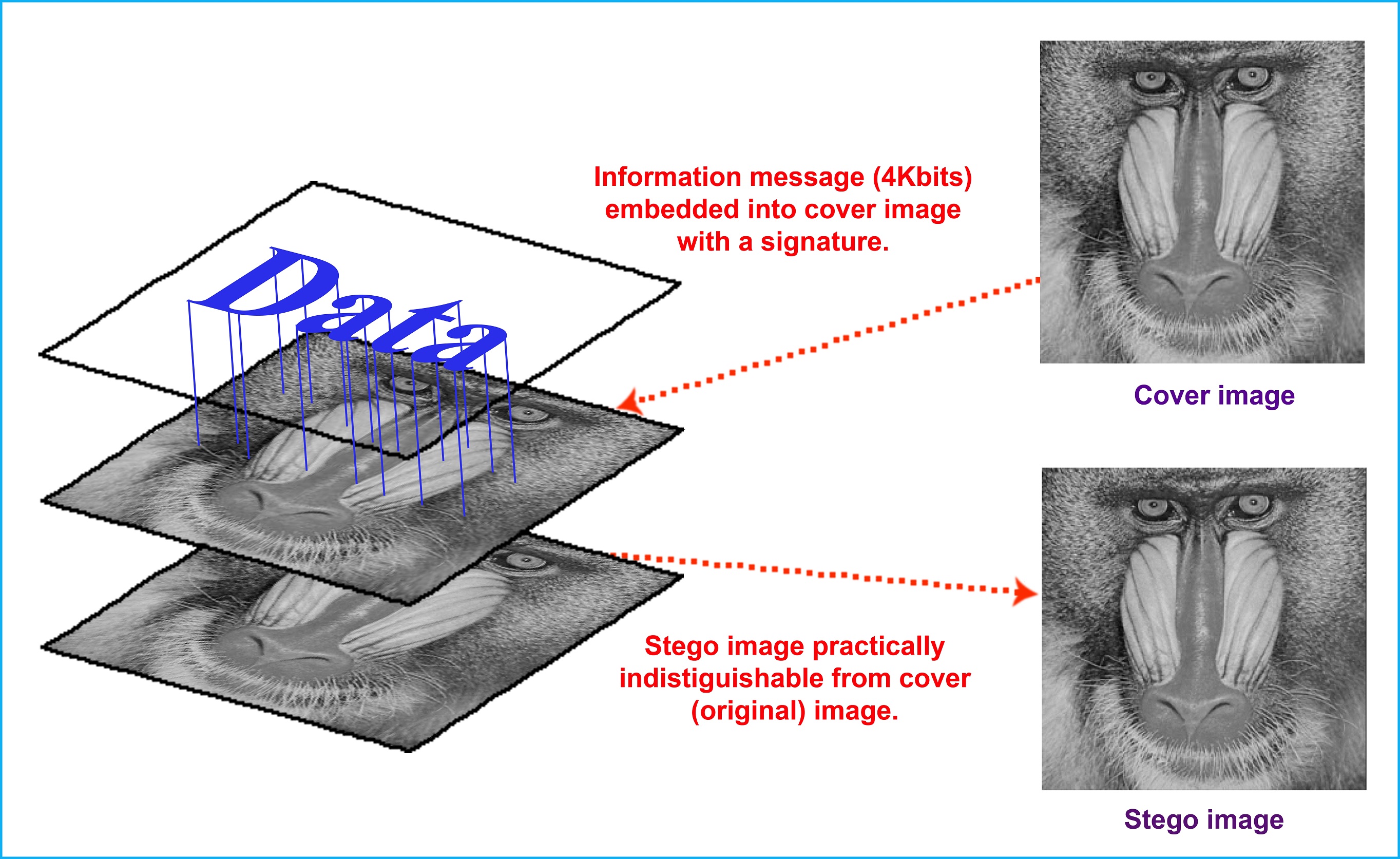Design of Permutation-Based Sparse Code Multiple Access System
SCMA codebook based on permutation design.
READ NOWUniquely Decodable Ternary Codes for Synchronous CDMA systems
Code set design and simple decoding algorithm.
READ NOWDesign of low-complexity detection for faster-than-Nyquist (FTN)
Outperforms symbol-by-symbol detector.
READ NOWImproved Soft Decoding of Reed-Solomon Codes on Gilbert-Elliott Channels
New soft decoding of RS codes.
READ NOWFast Decoder for Overloaded Uniquely Decodable Synchronous Optical CDMA
Novel low-complexity detection scheme.
READ NOWDesign of low-Density Spreading Code Based on Gaussian Separability
Novel LDS design outperforms existing constructions.
READ NOW
















